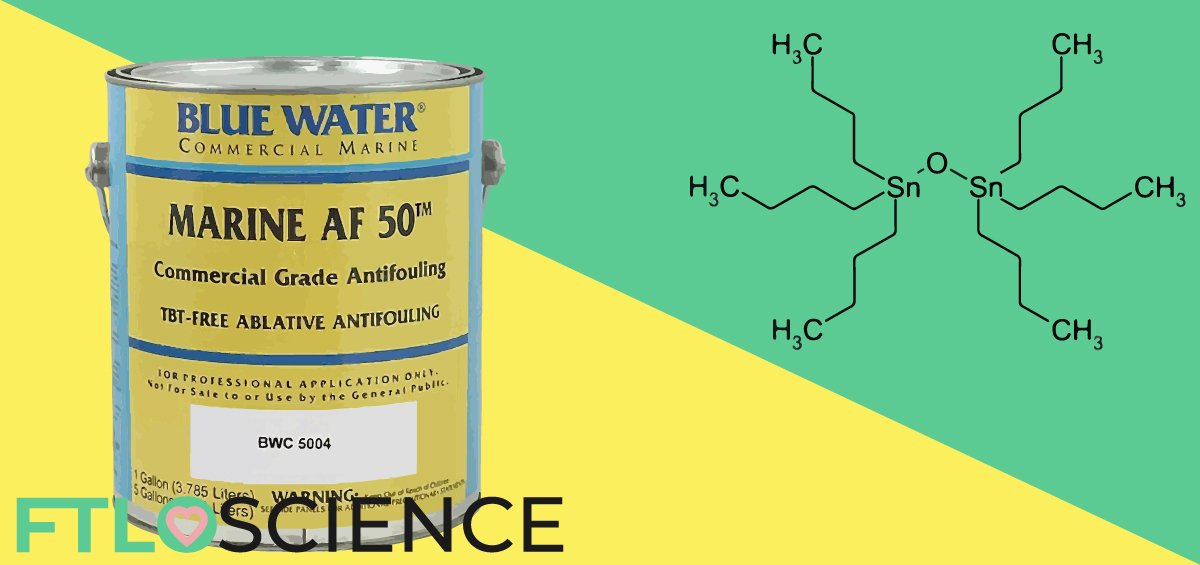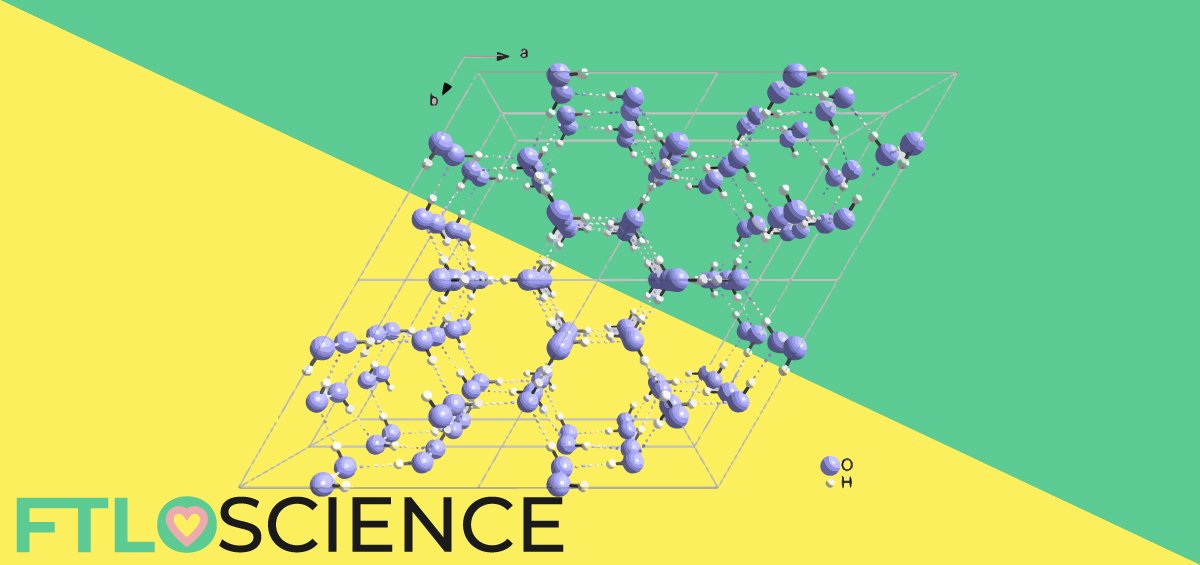Since the 1950s, pharmaceutical companies have raced to discover and develop billion-dollar blockbuster drugs. In the face of stiff competition, only a handful are able to remain relevant over the course of many years; Rituxan, Advair and Humira are several that come to mind. But which of these can lay claim to being the best selling drug of all time? With millions of prescriptions every year since 1996, Pfizer’s anti-cholesterol drug atorvastatin (Lipitor) is still going strong over 20 years later.
Pfizer’s atorvastatin (trade name Lipitor) entered the game late, with several similar ‘statins’ already on the market. But despite fierce competition, it quickly established itself to be the most effective and potent of its class. Although Lipitor’s patent expired in 2011, it is still the most prescribed anti-cholesterol medication in the world.
Over the course of 15 years (1996–2011) of market dominance, Lipitor raked in USD 125 billion in sales, becoming the best-selling drug in the history of the pharmaceutical industry. This is the story of how the king of blockbuster drugs came to be.
Health Effects of Cholesterol
Cholesterols, being essential components of cell membranes, are an important class of lipids. Our body also needs cholesterol to produce certain hormones, vitamins and bile; all useful chemicals that we need to function. Contrary to popular belief, we actually need a fair amount of cholesterol in our blood to remain healthy! We are able to produce the majority of cholesterol within our liver, with only a fraction coming from our diet.
The ongoing large scale Framingham Heart Study (since 1948!) provides conclusive evidence that cholesterol plays a major role in coronary artery diseases. In short, too much Low-Density Lipoprotein (LDL)—or too little High-Density Lipoprotein (HDL)—in our blood puts us at higher risk of heart attacks and strokes, among other heart diseases.
As mentioned earlier, our bodies produce most of the cholesterol we need. A key step in LDL biosynthesis involves a certain enzyme, 3-hydroxy-3-methyl-glutaryl-CoA (HMG-CoA) reductase. As you might guess, it’s responsible for reducing HMG-CoA, an important precursor in the cholesterol synthetic pathway. Once this was known, the next step was to design an inhibitor capable of blocking HMG-CoA reductase.

Statins Enter the Market
In 1971, Japanese biochemist Akira Endo got to work on a medicinal chemistry program, assaying microbial strains for their ability to inhibit lipid production. 6000 compounds and 2 years later, he had his active compound: mevastatin2. Mevastatin was shown to be effective in inhibiting LDL cholesterol production in animal trials, but certain tumors started to arise in dogs treated with it. Hence, it never made it to market.
Despite this setback, cholesterol-lowering ‘statins’ were still important areas of drug development for many pharmaceutical companies. A breakthrough finally arrived when in 1978, Alfred Alberts and Julie Chen of Merck & Co. discovered a compound with extremely potent HMG-CoA reductase activity3. It was moved into animal and subsequent human clinical trials, with lovastatin (Mevacor) hitting the shelves in 1987 – the first statin on the market.
Not satisfied with their success in this area, Merck continued to invest in statin research. In 1992, their second statin, simvastatin—2.5 times more potent than lovastatin—was approved for use by the FDA. Marketed with the trade name Zocor, it was a blockbuster success, racking up peak sales of $5 billion in 2003. A year later, Merck combined simvastatin with fellow pharmaceutical company Schering-Plough’s ezetimibe (another cholesterol-lowering drug) to produce Vytorin, another huge market success.

Atorvastatin: Pfizer’s Johnny-Come-Lately
Medicinal chemist Bruce Roth, working for Warner-Lambert/Parke-Davis (now Pfizer) in the 1980s, synthesized atorvastatin. The drug was designed by borrowing attributes of prior statins, in classic ‘me-too’ drug design and discovery. Roth made several changes to the structure of lovastatin, optimizing its chemical structure in the hope of creating a more effective drug.

Atorvastatin delivered positive results in pre-clinical trials, lowering cholesterol levels in animals with comparable efficacy to lovastatin. But by the mid-1990s, pharmaceutical companies had flooded the market with their own versions of statins and other LDL cholesterol-lowering drugs; atorvastatin would become the 5th statin on the market. Despite this, Parke-Davis pushed the drug through to human clinical trials, with incredible results. Atorvastatin performed significantly better than any statin that was available on the market at the time.
In 1997, atorvastatin was marketed and sold by Pfizer as Lipitor, with annual sales estimated to be around $300 million. This amount was actually rather meager by pharmaceutical industry standards, as Lipitor would enter an already saturated market as a ‘Johnny-come-lately’ drug. But fueled by its remarkable efficacy, sales skyrocketed to the billion-dollar mark before the turn of the year.

Lipitor’s Legacy
By 2005, Lipitor was bringing in peak annual sales revenues of $12.9 billion. Pfizer continued to make huge profits off their best-selling blockbuster, as well as other drug combinations that included atorvastatin. Numerous head-to-head studies funded by rival pharmaceutical companies were carried out, attempting to prove their statins were just as good, if not better.
None of them succeeded, serving instead to cement Lipitor’s status as the best-in-class LDL cholesterol-lowering drug available. Even today, its incredible safety and efficacy profile is reflected in its sheer volume of prescriptions; almost 100 million people in the U.S. alone take atorvastatin. That’s almost one-third of its entire population!

For the 15 years that atorvastatin was under patent protection, it raked in over $125 billion in sales, becoming the world’s best-selling drug of all time. Once the patent had expired, manufacturers quickly flooded the market with generic versions of atorvastatin under other trade names, craving a share of the lucrative market. Since manufacturers could now acquire the rights to produce atorvastatin, illegally purchased and even counterfeit Lipitor began to appear, driven by the public’s willingness to pay a premium for the drug bearing the original trade name.
Could Trapibs be the Future of Cardiovascular Drugs?
Although statins continue to dominate the cardiovascular drug market, there is still ongoing research into other mechanisms to improve patient outcomes in this area. Just as high LDL levels increase the risk of heart diseases, low HDL levels (the good cholesterol) do the same. Exercise, stress relief, as well as reducing tobacco and alcohol intake are just some ways that individuals can increase their HDL cholesterol levels.
A potential target for HDL-increasing drugs is the cholesteryl ester transfer protein (CETP). The protein converts HDL cholesterol to LDL cholesterol, hence CETP inhibitors should lead to an increase in our blood HDL levels. Pharmaceutical companies made significant advances in CETP inhibitor discovery and development, including Pfizer (torcetrapib), Merck (anacetrapib), Roche (dalcetrapib) and Eli Lilly (evacetrapib).
Although this ‘trapib’ class of drugs showed early promise, they quickly fell by the wayside. Adverse reactions and low efficacy led to every single project being terminated, some as recently as 2017.
Although these expensive setbacks were huge blows to the pharmaceutical industry, they were able to provide valuable lessons regarding trapib pharmacokinetics and pharmacodynamics as well as CETP inhibition as a whole. In the future, perhaps one of these will give rise to a successful drug candidate that can emulate the success of atorvastatin, paving the way for another generation of best-selling blockbuster drugs.
Reference
- Li, J. J. (2006). Laughing Gas, Viagra, and Lipitor: The Human Stories Behind the Drugs We Use. Oxford University Press.
- Bellosta, S., Paoletti, R., & Corsini, A. (2002). History and development of HMG-CoA reductase inhibitors. In HMG-CoA Reductase Inhibitors (pp. 1-17). Birkhäuser, Basel.
- Greenspan, M. D., Yudkovitz, J. B., Lo, C. Y., Chen, J. S., Alberts, A. W., Hunt, V. M., … & Chiang, Y. C. (1987). Inhibition of hydroxymethylglutaryl-coenzyme A synthase by L-659,699. Proceedings of the National Academy of Sciences, 84(21), 7488-7492.
- Farrer S. (2018). Beyond Statins: Emerging Evidence for HDL-Increasing Therapies and Diet in Treating Cardiovascular Disease. Advances in preventive medicine, 2018, 6024747. doi:10.1155/2018/6024747
About the Author

Sean is a consultant for clients in the pharmaceutical industry and is an associate lecturer at La Trobe University, where unfortunate undergrads are subject to his ramblings on chemistry and pharmacology.




